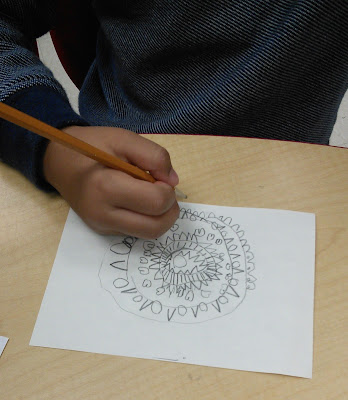I am more and more impressed with our 'connected world'. This connection provides so many amazing learning opportunities for our learners.
As mentioned in my previous post about our Central Park drama centre (click here to read it), we connected with the "real" Central Park on twitter (@centralparknyc). We tweeted to them and received responses to our wonders. We were able to share the great things we did in our classroom as well. This brought such excitement into the classroom when the 'real Central Park' liked what we were doing in our 'classroom Central Park'. The people from the Central Park Conservancy sent our class a package.
I want to say a big thank you to Ann from Central Park. Our learners were so excited to get these Discovery Journals. What great learning for our students. Students are learning the importance of questioning and seeking answers. Asking an expert is a great place to start learning answers and thanks to social media, experts around the world are at our finger tips.
Another wonderful learning opportunity, through technology, in relation to Central Park was the use of Skype to connect with my aunt in New York. For those who don't know, Skype is an online phone you can use for video or audio calls. (Click here if you're interested in learning more ways to use Skype in the Classroom). My aunt went to Central Park one morning and called us. The students prepared questions before hand they wanted to ask her.
 |
| Getting to see various sights in Central Park |
 |
| Asking a question |
 |
| Looking at one of the many old bridges in the park |
 |
| Waving good-bye! |
Opening students eyes to the potential for using technology as a means to gain answers to their questions and to learn more about the world around them has been a fun outcome of this Central Park drama centre!
Students are beginning to learn many skills:
- collaboration (working together to decide what questions to ask)
- communication (speaking with peers, speaking & listening the call, sharing their learning through writing and drawing)
- critical thinking (determining questions and integrating the responses into their schema)
- problem solving (how can we get answers to our wonders?)
- creativity (representing their learning in different ways)
I love projects like this! It originated from the students and from there, the learning experiences have been limitless!

























































